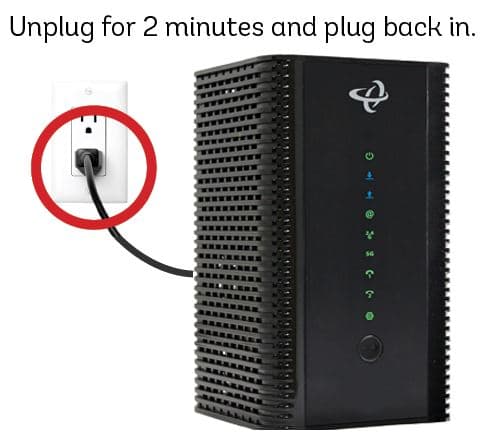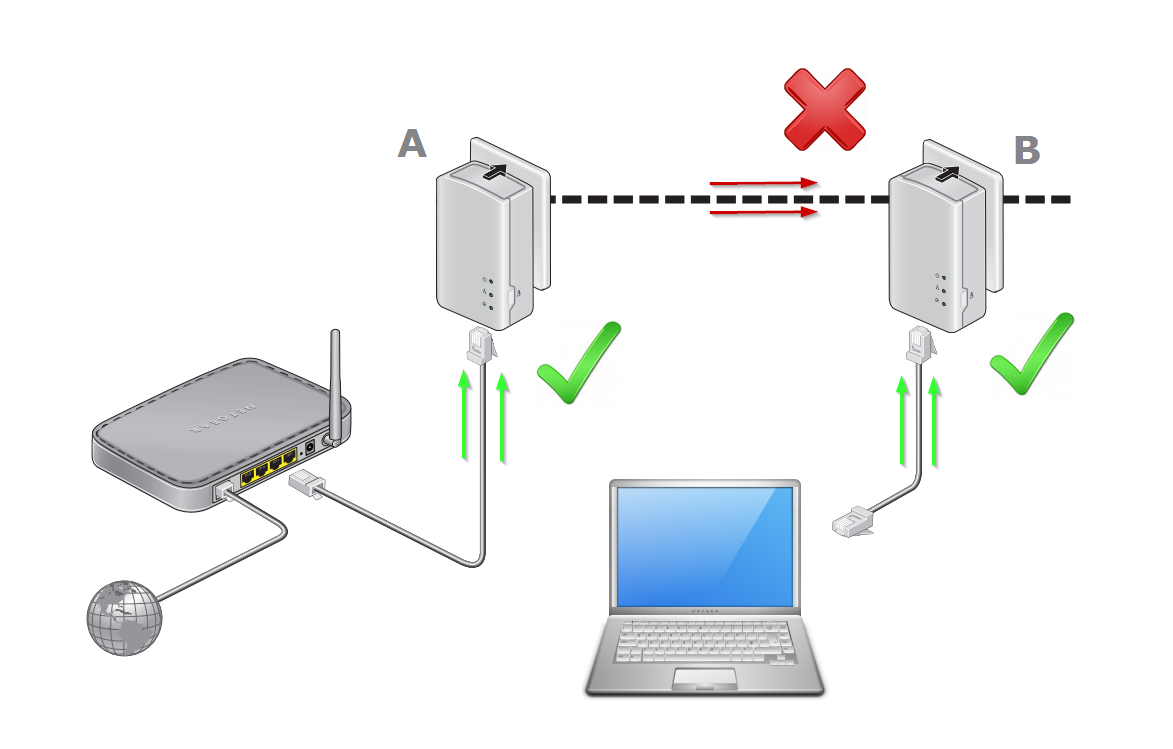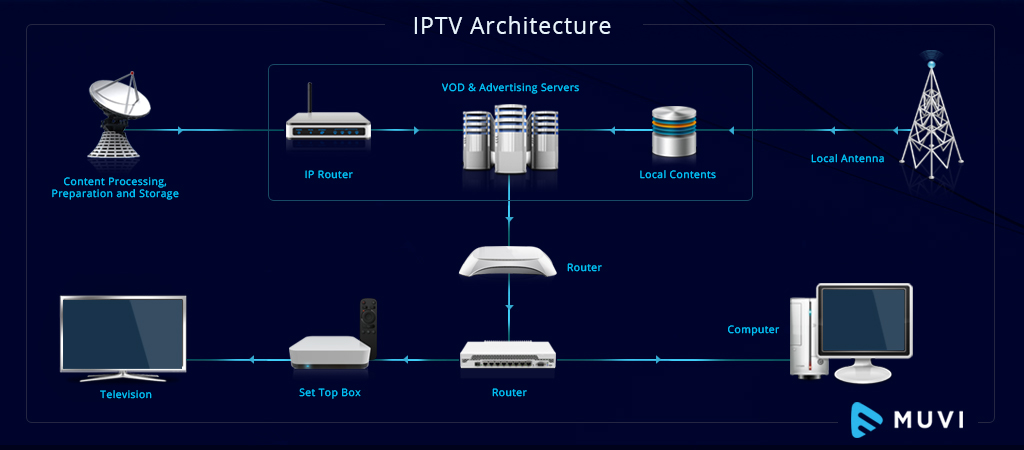In the rapidly evolving world of networking technology, Cat8 Ethernet cables have emerged as a game-changer, offering unprecedented speed and performance. This comprehensive guide delves into the intricacies of Cat8 cables, exploring their capabilities, applications, and the transformative impact they’re having on various industries.
Understanding Cat8 Ethernet Cables
Cat8, or Category 8, represents the pinnacle of twisted-pair cabling technology. These cables are designed to support significantly higher data transfer rates and longer transmission distances compared to their predecessors.
Key Features and Specifications
- Bandwidth: Up to 2 GHz
- Data Transfer Rate: Up to 40 Gbps
- Maximum Distance: 30 meters (98 feet)
- Shielding: Advanced techniques including grounded foil and braided shields
- Conductor: Solid or stranded copper
- Connector: RJ-45 (compatible with existing infrastructure)
Performance Advantages
Cat8 cables offer several distinct advantages over previous cable categories:
- Increased Bandwidth and Speed: With a 40 Gbps data transfer rate, Cat8 cables significantly outperform their predecessors.
- Extended Transmission Distance: Full-speed data transmission up to 30 meters.
- Superior Interference Protection: Advanced shielding techniques minimize electromagnetic interference (EMI) and crosstalk.
Comparing Cat8 to Previous Standards
| Feature | Cat6 | Cat7 | Cat8 |
|---|---|---|---|
| Maximum Bandwidth | 250 MHz | 600 MHz | 2000 MHz |
| Maximum Data Rate | 10 Gbps | 10 Gbps | 40 Gbps |
| Maximum Distance (at full speed) | 55 meters | 100 meters | 30 meters |
| Shielding | Optional | Required | Advanced |
Applications and Use Cases
The exceptional capabilities of Cat8 Ethernet cables make them ideal for various high-demand environments:
- Data Centers and Cloud Computing: Support high-density server deployments and efficient data flow
- High-Performance Computing (HPC): Enable rapid data transfer between compute nodes and storage systems
- Industrial Automation: Facilitate real-time communication in control systems
- Audio/Video Production: Support high-resolution video and audio data transfer
- Future-Proofing Network Infrastructure: Prepare for emerging technologies requiring higher bandwidth
Expert Advice and Best Practices
To maximize the benefits of Cat8 Ethernet cables, consider the following recommendations:
- Compatibility Check: Ensure your network devices support the higher bandwidth.
- Cable Length Considerations: Adhere to the 30-meter maximum distance for optimal performance.
- Proper Installation: Follow manufacturer guidelines or consult certified professionals.
- Grounding and Shielding: Implement correct practices to leverage advanced shielding capabilities.
- Future-Proofing Strategy: Develop a long-term plan for network infrastructure upgrades.
The Future of Networking with Cat8
As technology continues to advance, the demand for faster and more efficient data transfer will only increase. Cat8 Ethernet cables are positioned to meet these growing needs, offering:
- Support for emerging technologies like 5G networks and Internet of Things (IoT) devices
- Enhanced capabilities for virtual and augmented reality applications
- Improved performance for artificial intelligence and machine learning systems
Conclusion
Cat8 Ethernet cables represent a significant leap forward in networking technology. Their unparalleled speed, performance, and reliability make them an invaluable asset for organizations seeking to future-proof their network infrastructure.
While primarily designed for commercial and industrial applications, the growing demand for high-speed connectivity may soon see Cat8 cables making their way into advanced home networks as well. As we continue to push the boundaries of what’s possible in the digital realm, Cat8 cables will play a crucial role in shaping the future of connectivity.
By embracing the capabilities of Cat8 Ethernet cables, businesses and technology professionals can stay ahead of the curve, ensuring their networks are prepared to handle the ever-increasing demands of our data-driven world.







